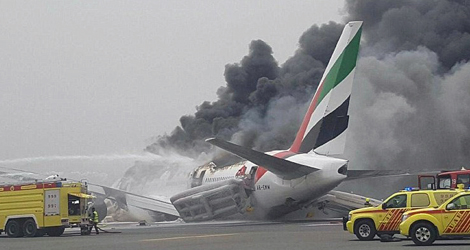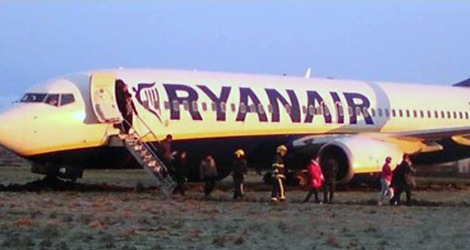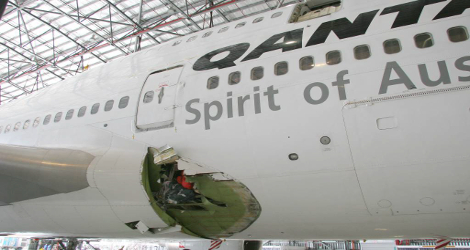No Results Found
The page you requested could not be found. Try refining your search, or use the navigation above to locate the post.
Airplane evacuation and certification are two sides of the same coin in ensuring passenger safety. Here’s a breakdown of both:
Aircraft Evacuation:
Emergency Scenarios: Evacuation becomes necessary in various situations like fire, smoke, serious mechanical issues, or even a medical emergency on board.
Focus on Speed: Every aspect is designed for rapid disembarking. Cabin crew, extensively trained in evacuation procedures, guide passengers. Illuminated emergency exits and clear signage lead everyone to the quickest escape route. Inflatable slides deploy from exits over the wings, providing a safe descent to the ground.
Passenger Role: Staying calm and following crew instructions are crucial. Pre-flight safety demonstrations brief passengers, and knowing your nearest exits beforehand is vital.
Certification Process:
Focus on Manufacturer: This is where the 90-second benchmark comes in. To obtain certification for an aircraft model, the manufacturer must demonstrate the airplane’s ability to be completely evacuated within 90 seconds under controlled conditions.
Rigorous Testing: This doesn’t involve actual passengers but uses a specific number of volunteers. Only half of the available exits are used, simulating potential blocked exits due to fire or damage.
Focus on Efficiency: This test ensures the aircraft design, emergency exits, and crew procedures can facilitate a safe and rapid evacuation in real-world emergencies.
Key Points:
The 90-second standard applies to manufacturer certification, not passenger training.
Passengers can enhance preparedness by paying attention to safety briefings and familiarizing themselves with exits.
Both evacuation procedures and certification processes prioritize passenger safety during emergencies.
The page you requested could not be found. Try refining your search, or use the navigation above to locate the post.
 An aviation accident is an incident in which an aircraft is damaged or destroyed as a result of a collision, fire, structural failure, or other event. Aviation accidents can be caused by a variety of factors, including mechanical failure, pilot error, adverse weather conditions, and sabotage. Aviation accidents can result in fatalities, injuries, and damage to property.
An aviation accident is an incident in which an aircraft is damaged or destroyed as a result of a collision, fire, structural failure, or other event. Aviation accidents can be caused by a variety of factors, including mechanical failure, pilot error, adverse weather conditions, and sabotage. Aviation accidents can result in fatalities, injuries, and damage to property.
 An aviation incident is an occurrence, other than an accident, that affects or could affect the safety of aircraft operations. Examples of aviation incidents include near collisions, runway incursions, and unruly passenger incidents.
An aviation incident is an occurrence, other than an accident, that affects or could affect the safety of aircraft operations. Examples of aviation incidents include near collisions, runway incursions, and unruly passenger incidents.

A serious incident in aviation refers to an event that could have resulted in an accident or that had the potential to cause serious injury or death. Some examples of serious incidents in aviation include engine failure, in-flight fires, and loss of control of the aircraft.